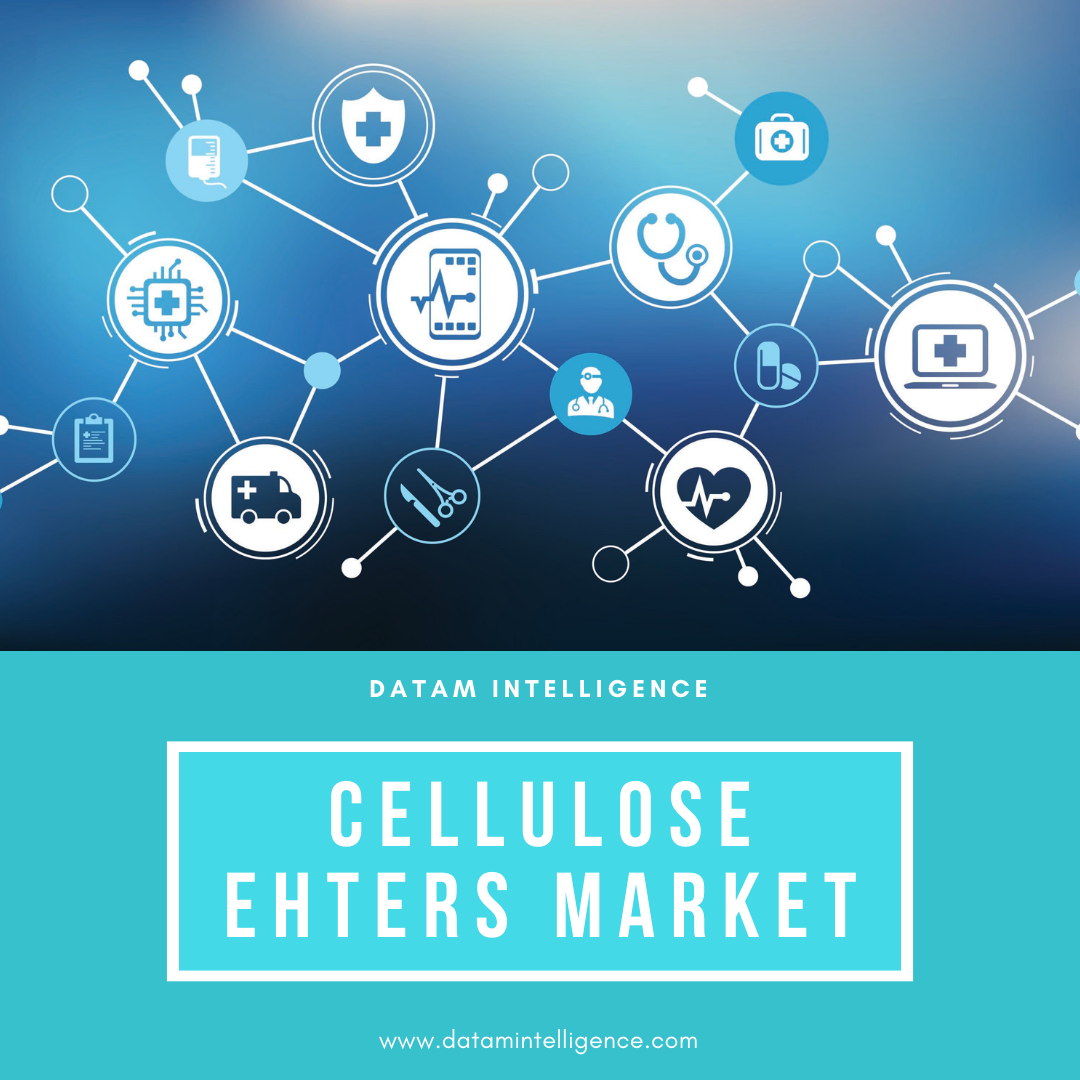
Dermal Fillers Market
DMI segments the Global Dermal Fillers Market by geography into – North America, South America, Europe, Asia-Pacific (APAC), and Middle East and Africa.
2020-11-30
In South Korea, every second or third youngster is using dermal fillers for the correction of facial augmentation. The cost for these facial augmentation using dermal fillers would cost USD$4000-$6000 for each area. According to the International medical tourism website, cost of Korea plastic surgery is 20 to 30% percent of US and Japan. Moreover, lip enhancement is rapidly gaining popularity in the developed and developing countries. Dermal fillers are being commonly adopted for lip augmentation among women for achieving plumper and fuller lips. Additionally, fillers impart natural look to the lips at affordable cost and thus will be rapidly adopted.
Numerous market competitors are developing novel dermal fillers that are physiologically acceptable, possess less complications and are long-lasting. With growing elderly population base, the market demand for facial augmentation will grow robustly in the forthcoming years. Focused services, specialized treatment and convenience are some of the major factors that will drive customer preference. Also, emerging countries are witnessing growing number of skin clinics in the recent years. These factors increase will adoption rate, thereby stimulating the facial augmentation using dermal fillers. Thus, the presence of specialized dermatologist who are performing the facial augmentation are projected to accelerate the growth of the dermal fillers market in 2027.
Continuous advancements in dermal fillers such as variations in materials used and length of outcome has revolutionized the adoption trend of dermal fillers recently. The wide variety of dermal fillers presently available has revolutionized treatment options for patients seeking a refreshed appearance. For instance, according to the American Society for Aesthetic Plastic Surgery, the use of hyaluronic acid dermal fillers is on the rise in the US. In 2016, there were over 2.4 million hyaluronic acid dermal filler treatments performed in the US alone. Moreover, the number of injectable dermal fillers available on the market increases yearly. Dermatologists and cosmetic surgeons should regularly review treatment options to provide patients with safe and effective filler options.
The PMMA (Poly(methyl methacrylate)) market is estimated to grow at a CAGR of 10.28% during the forecast period (2020-20255) to reach a market value of USD 101.3 million by 2027.
PMMA is considered a semi permanent filler, and it is most often used to treat medium-to-deep wrinkles, folds, and furrows, in particular nasolabial folds (smile lines). As a dermal filler, PMMA takes the form of a microsphere or tiny balls and remains under the skin indefinitely to provide continued support to the face.
PMMA was recently approved by FDA to improve the appearance of facial acne scars on the cheeks. This makes it the only FDA-approved injectable filler for acne scars. The clinical studies conducted by manufacturers to support the safety and effectiveness of each dermal filler device for FDA approval involved evaluation of device injection into nasolabial folds. The effect of PMMA can last up to 5 years. Further, PMMA injections to the periocular region may be associated with giant-cell inflammation, yellowing of the skin, and eyelid malposition. Corticosteroid injection may have limited efficacy and may be beneficial. This factor will drive the growth of the segment in the forecast period.
The dermal fillers market is expected to experience a period of short-term negative growth, owing to decline in the product demand from major end users, limited operations in most of the industries, temporary closure of major end-user facilities (including beauty centers and spas), disrupted supply chain, and challenges in terms of providing essential/post-sales services due to the lockdown.
On July 3, 2020, Public Health England released The Health Protection (Coronavirus, Restrictions) (No. 2) (England) Regulations 2020, stating that spas and ‘beauty salons’ were subject to closure, which included any premises providing beauty services including ‘cosmetic, aesthetic and wellness treatments.’
Like all consumer spend categories, medical aesthetics have not been immune to COVID-19, with lockdowns adversely affecting traffic to stores and economic malaise reducing willingness to spend. In fact the pandemic has reinforced consumer focus on wellness. Categories like skincare benefiting from less expenditure on makeup. The setup of medical aesthetics outlets makes them more amenable to deal with social distancing in the post-lockdown world than most retail business models.
About Us:
DataM Intelligence was incorporated in the early weeks of 2017 as a Market Research and Consulting firm with just two people on board. Within a span of less than a year we have secured more than 100 unique customers from established organizations all over the world.
For more information:
Sai Kiran
Sales Manager at DataM Intelligence
Email: [email protected]
Tel: +1 877 441 4866
Website: www.datamintelligence.com
Found it interesting?
Sai Kiran
Sales Manager at DataM Intelligence
Email: [email protected]
Tel: +1 877 441 4866
We have 5000+ marketing reports and serve across 130+ countries
#dermal fillers market, #dermal fillers market size, #dermal fillers market share, #dermal fillers market trends, #dermal fillers market value, #dermal fillers market growth, #dermal fillers market demand, #dermal fillers industry forecast, #dermal fillers market outlook, #dermal fillers market analysis, #dermal fillers market applications, #dermal fillers market companies, #DataM Intelligence
